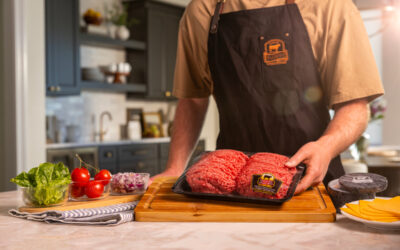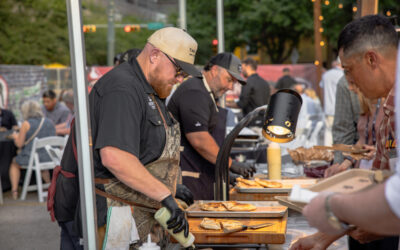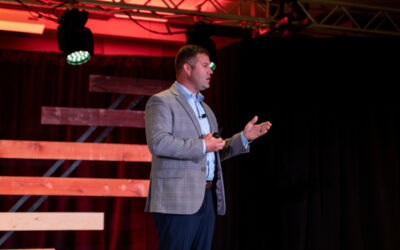
Too special?
“Of course those are few and far between, because if you specialize that far, you’ve about specialized yourself out of a job,” he laughed.

Some might wonder the same thing about Certified Angus Beef ® Prime demand.
Only 22% of all Angus cattle meet our brand specifications—it’s pretty elite as it is. And then there’s the Prime grade….with 3% to 4% of USDA-graded beef from steers and heifers reaching that super high-quality level, it’s the definition of exclusivity.
Certainly foodservice distributors and retailers wouldn’t see any value in doubling up those two highly specialized marks and pay even more for CAB Prime, right? Wrong.
During our 2013 fiscal year, sales of the CAB Prime extension were up 15%, at 9.2 million lb. That’s compared to 8 million in 2012. Prime retail customers increased 83% from 2008 to 2012. Just 252 stores carried the product in 2008, compared to 463 in 2012. Nearly all licensed packers now sell the Prime brand extension.
But why?
In that elite group of Prime-grading cattle, there is still variety. Around 31% are dairy-influenced, which generally means odd-shaped ribeyes that are hard to cut correctly for portion control. (See Mythbuster Monday: A new tradition for more on that.)
We only accept A-maturity or younger cattle, which improves color, tenderness and texture. Cattle also must meet CAB’s ribeye specification: 10 to 16-square inches. (Extremes can range from 7 to 20-square inches!) Then there are the specs for marbling distribution, eliminating dark cutters, etc.

So, CAB Prime is more consistent, and that’s a kind of insurance that more and more consumers are looking for.
If you’re aiming to produce CAB Prime, have you specialized yourself out of a market?
Not hardly!
A little over a year ago, freelancer Jill Dunkel wrote an article called, “The Prime Directive,” which highlighted the perspective of a producer, feeder and a packer. They all said: the more Prime, the better.
Here’s an excerpt, quoting Missouri cattleman Mike Kasten:
“As we’ve stacked three generations of high quality in our pedigrees, some of those cattle are running in the mid- to upper-40% Prime,” he explains. Those that don’t reach Prime still make upward of 80% CAB.
That progress has not come at the expense of their ability to perform in the feedyard or grow in the pasture.
“I don’t do one-trait selection. We have to have cattle that will work in a pasture situation,” Kasten says, “but why not try to get it all if you can? We have the ability to make cattle that are very, very functional on grass, do very good in the feedyard and have Prime carcasses.”
And the more Prime you get, the more Prime we’ll sell. And that means more jingle in everybody’s pockets.
May your bottom line be filled with black ink,
Miranda
You may also like
Success, Despite Challenges
Today’s market is complex and competitive. The collective effort of stakeholders across the supply chain positions Certified Angus Beef to meet the record demand for premium beef moving forward. Signals across the beef industry are clear and Angus farmers and ranchers seeking high-quality genetics that deliver premium beef are producing a product in high demand.
Keep the Supply Coming
A record-high 800 registrants from 17 countries gathered in Austin, Texas, to learn more about CAB, become inspired by the culinary work of chefs and pitmasters, and celebrate sales and production success. But at the forefront: supply and demand, a reflection of the chaotic past year, and preparing for what’s ahead.
Consumer Demand, Power of Quality
Demand for high-quality beef persists. But with that demand comes challenges. From tight cattle supplies to higher costs and increasing pressure on retailers to deliver a consistent eating experience, the pressure is on. David O’Diam, CAB VP of retail, addressed the current retail beef environment, highlighting both opportunities and challenges in today’s marketplace.



